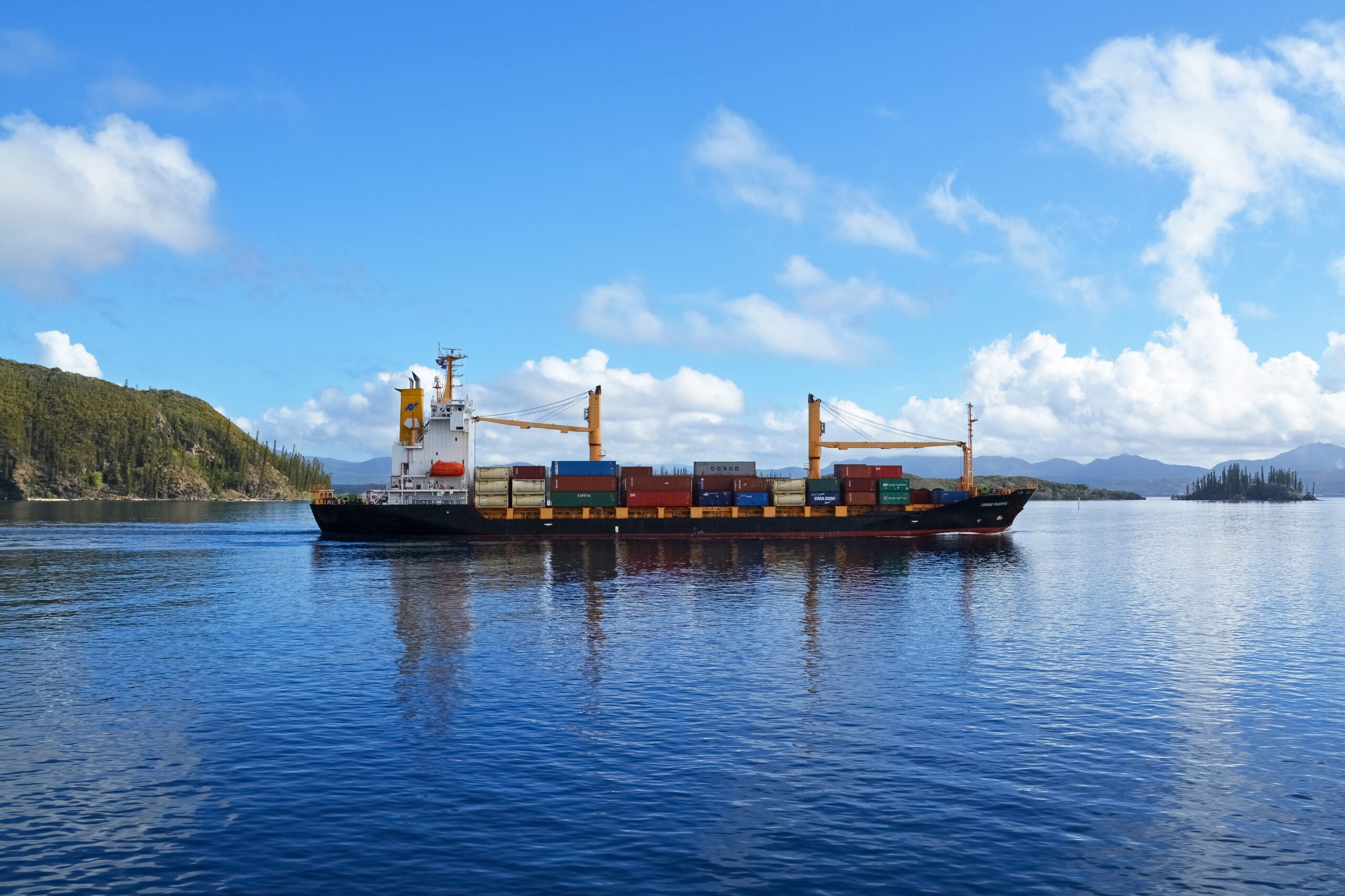StormGeo – StormGeo, a weather intelligence and decision-support solutions provider for the shipping industry, launched its new Carbon Intensity Indicator (CII) Simulator. According to the press release, the new tool “simulates vessel carbon intensity by presenting a complete view of the CII rating and its commercial impact, helping shipowners and operators efficiently decarbonize their operations, remain compliant, and stay competitive.” It differentiates itself from other CII products by not only monitoring compliance status over the course of a year but also computing any deterioration for forecasting next year’s CII ratings. In June 2021, the IMO, International Maritime Organization, adopted new mandatory measures to cut the carbon intensity of international shipping to meet greenhouse gas reduction targets established in the 2018 Initial IMO Strategy for Reducing GHG Emissions from Ships. “The new measures will require all ships to calculate their Energy Efficiency Existing Ship Index (EEXI) following technical means to improve their energy efficiency and to establish their annual operational carbon intensity indicator (CII) and CII rating. Carbon intensity links the GHG emissions to the amount of cargo carried over distance travelled.” StormGeo and other providers are offering solutions to help companies comply with the new measures.
U.S. Department of Transportation (DOT) – John Gallagher (Freightwaves) reported that as of July 18, DOT’s Bureau of Transportation Statistics “has requested emergency approval from the Office of Management and Budget for a pilot effort to develop a proof-of-concept Freight Logistics Optimization Works (FLOW) data exchange, launched by the administration in March.” DOT anticipates that 21 participants will be involved and the administration is hoping that during its first three years, there could possibly be 200 participants. In response to congestion problems faced at container ports, FLOW is being tested to further the “idea that sharing basic digital freight data in a ‘novel data-sharing partnership’ is in the interest of public and private parties.”
SHIFEX/Shifl.com – In June, digital forwarding and supply chain platform, Shifl, announced the launch of SHIFEX, an Ocean Spot Freight Rate Index for container shipments. The Index is a free service and provided on an “as is” basis. According to the Index’s methodology, SHIFEX is based on actual freight quotations and shipments handled by Shifl with various carriers between Chinese base ports and the US West Coast and US East Coast ports. The ports covered by SHIFEX are: Shanghai/Ningbo/Yantian – Los Angeles/Long Beach, and Shanghai/Ningbo/Yantian – New York/Newark.
SHIFEX covers:
- Dry general purpose container shipments and does not include reefer, OOG or any other special container types
- Freight All Kinds (FAK) and includes ocean freight rates and surcharges including but not limited to commonly charged by the carriers, namely
- BAF (Bunker and/or Emergency Bunker Adjustment Factor)
- CAF (Currency Adjustment Factor)
- ISPS (International Security Port Surcharge)
- Carrier Security Surcharge
- AMF (Automated Manifest Fee)
- PCS (Port congestion surcharge)
- PSS (Peak Season Surcharge)
- Port to Port movement and does not include any intermodal movement
Emerge – Freight procurement platform provider, Emerge, in June launched Emerge Benchmarking, which is an enhancement to its RFP solution that is enabled by Machine Learning. “Emerge Benchmarking updates and aggregates freight industry data from numerous trusted sources, providing users with vital business intelligence and market insights in real-time so they can quickly evaluate options and make informed decisions…Emerge Benchmarking provides predictive information about how and when to conduct bid events and helps shippers hedge against dramatic shifts in rates in the freight market. At any moment in time, Benchmarking users can compare their pricing for a specific lane against the market. Knowing if current pricing is at, above, or below the industry average empowers shippers to adjust rates based on real-time data.”
Photo by Jeremy Bezanger on Unsplash

